All products featured are independently chosen by us. However, SoundGuys may receive a commission on orders placed through its retail links. See our ethics statement.
Razer gaming headset guide
June 20, 2022
For gaming peripherals, it’s hard to think of any brand as iconic as Razer. That black and neon green aesthetic defined gaming headsets for years, and even now the company’s products are some of the most popular on the market—and boy, are there a lot of them. Trying to figure out the right Razer gaming headset can be a rather dizzying experience. Don’t worry we’re here to help.
We’ve put together this Razer gaming headset guide on every kind of headset Razer puts out so you have an easier time picking. Here’s what you need to know.
Editor’s note: This guide was updated on June 20, 2022 to include Razer’s new Barracuda gaming headsets.
What should you know before you buy a Razer gaming headset?
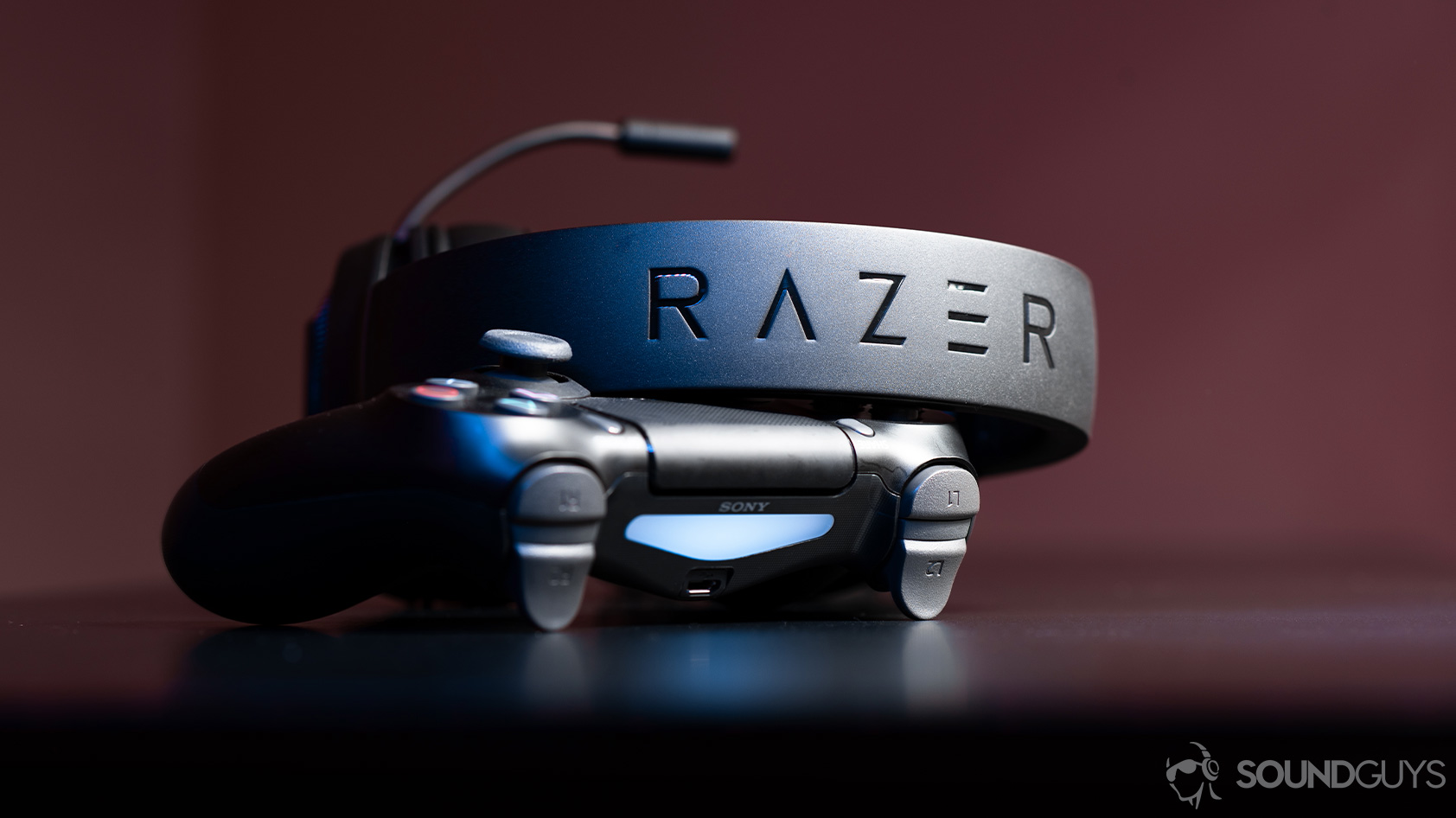
As with any purchase, it’s important to know what you actually need while shopping for a new Razer gaming headset—otherwise you might end up with something you don’t need or worse, something that can’t even cover your needs.
What kinds of games do you play?
This is a little less of a concern for the person who dabbles in a little a bit of everything, but if there’s only one kind of game you really like to play, think about what features are important for that genre. Maybe you’re one of the millions of Fortnite obsessives, and you feel that virtual surround sound will help your chances of success on the battlefield. Maybe you only play RPGs and just want something with decent sound that you can wear for those sweet, multi-hour deep dives into whatever expansive world you’ve chosen to explore. Heck, maybe you’re working from home and just need something comfortable with a decent microphone to get your through a day dominated by Zoom calls.
What platforms do you use?
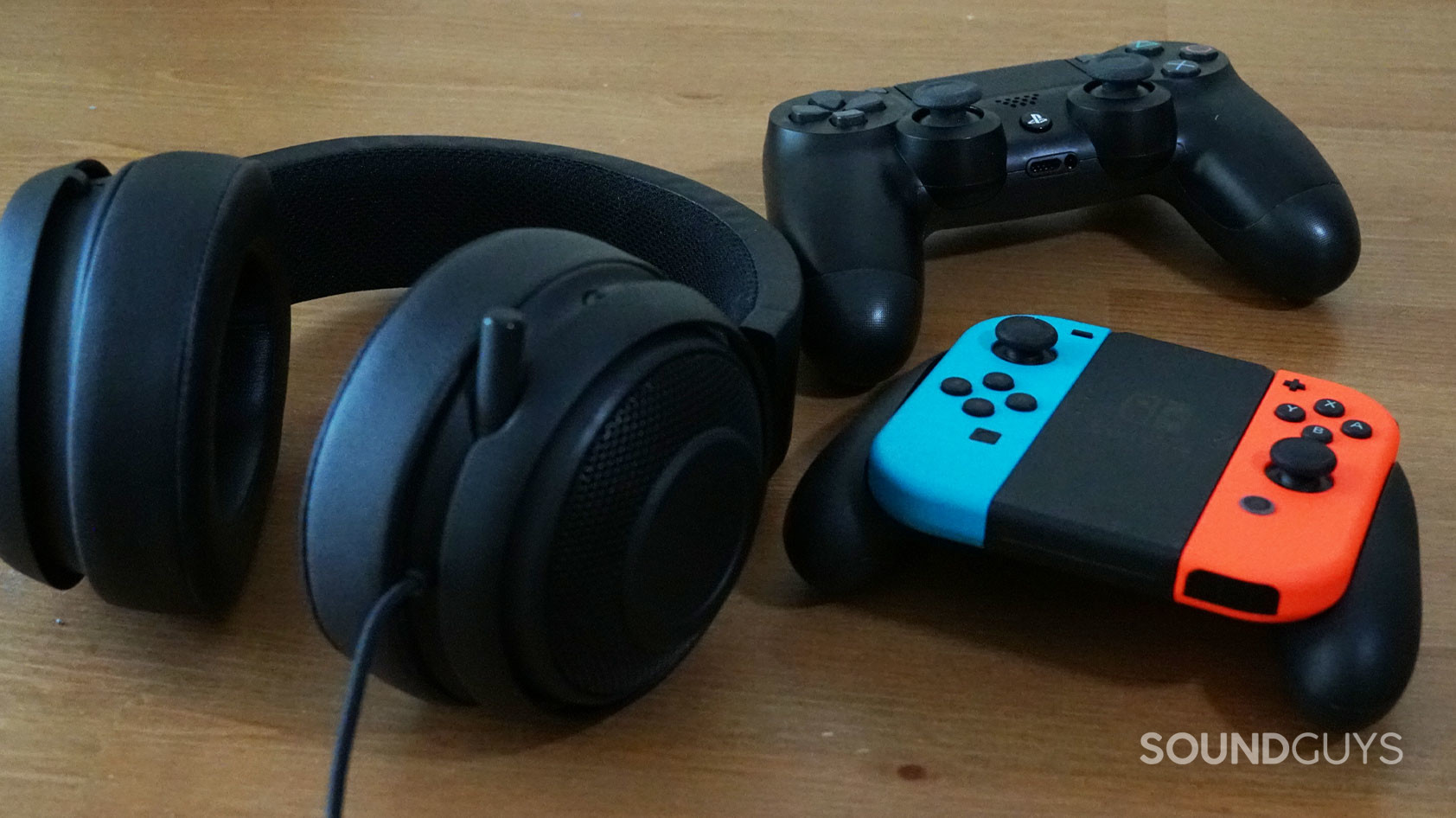
This is an important one, as a lot of Razer gaming headsets use the Razer Synapse PC app to access their additional features. If you’re a console gamer, you might not be able to use everything offered by a headset aimed at PC—with every kind of bell, whistle, and RGB LED highlight—but odds are, there’s something a little better suited to your needs. You can find great wireless gaming headsets for most major platforms without issue—just don’t expect them to each work with every platform. Razer’s done more than most to make sure it offers products that support Xbox Wireless, and while those headsets can be great, they’re pretty sub-par experiences on PC.
What’s your budget?
This one’s just as important. The gaming headset market isn’t as prohibitively expensive as the audiophile hardware market, but there’s still a wide enough price range to make you think twice. It’s not hard to find yourself picking between two headsets that seem very similar, with prices that diverge by over $100. Conversely, this means you can also probably find what you need for less than you might expect, as long as you don’t mind losing some extra perks.
Once you’ve figured out the answers to these kinds of questions, then it’s time for the fun part. Let’s break down the main audio product lines Razer sells. Odds are, one of them will have something for you.
A brief primer on Razer Synapse
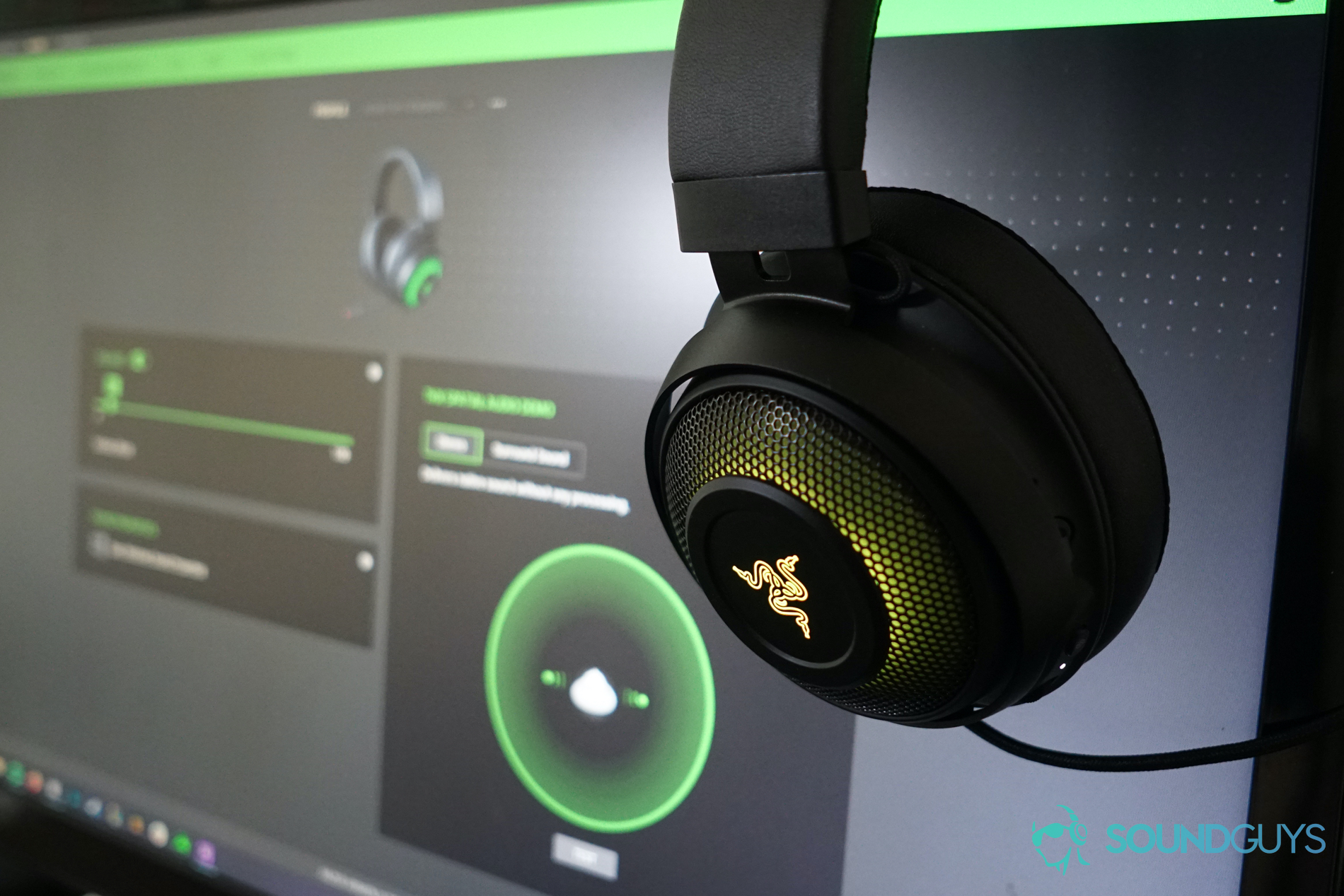
Like every other gaming headset maker out there, Razer has an app, and you need it to access many of the features its headsets offer on PC. Synapse was one of the first notable gaming companion apps, and like a lot of the other early attempts at enhancing your hardware experience, it was bad. However, things have improved over time.
Razer Synapse 3, the most recent iteration of the software, isn’t always that useful, and it’s design isn’t great. However, it’s responsive and easy to use, which still isn’t the norm among apps like it. Using the app, you’ll be able to access features like virtual surround sound, custom EQ profiles, and Chroma RGB lighting customization, if your device features any of those. Synapse isn’t available on consoles, so if you buy a headset that uses it expressly to plug into your Xbox, you’re probably going to be disappointed.
The Razer Kraken line has offered workhorse headsets for years
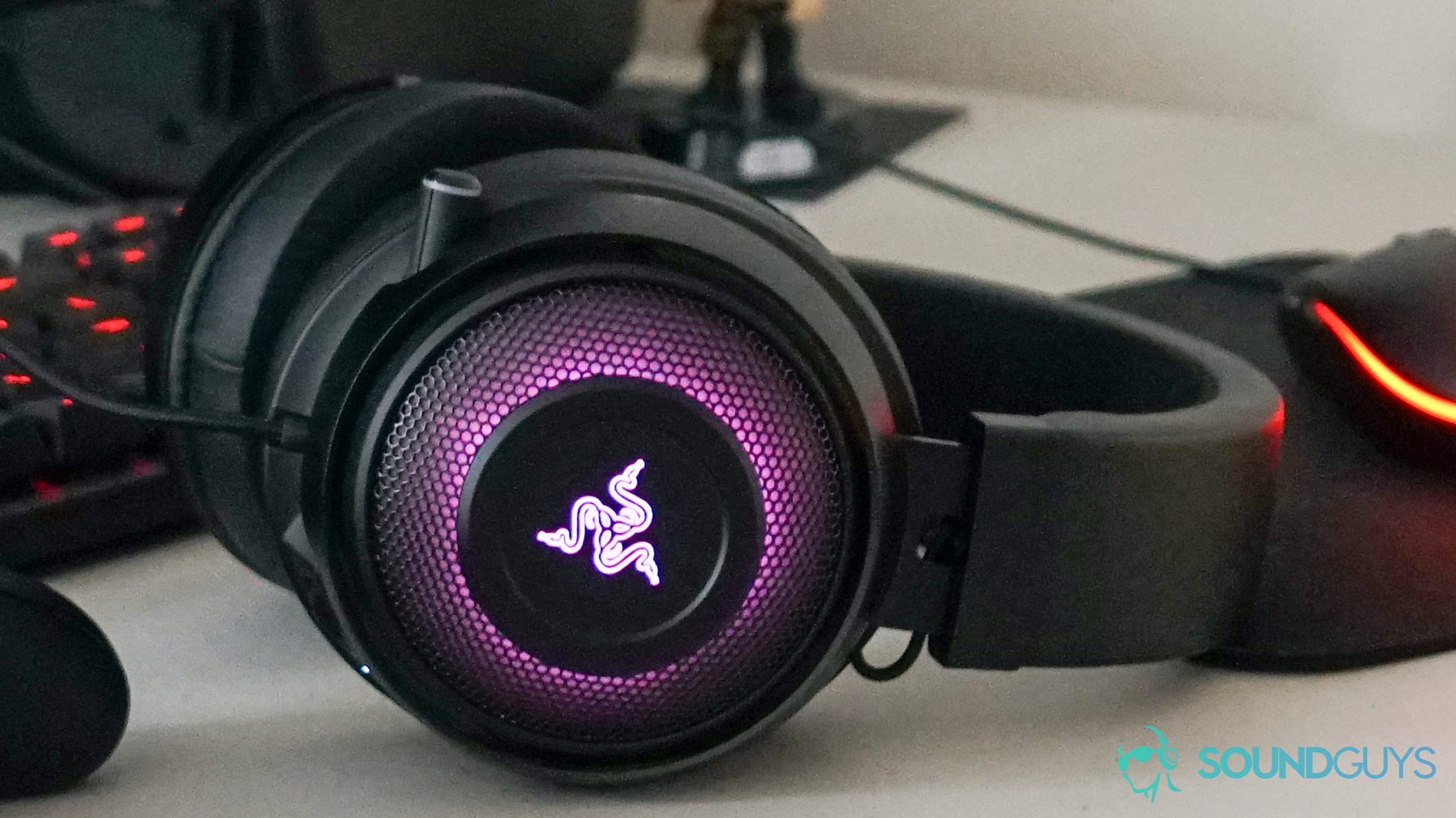
The Kraken line is Razer’s longest running line of gaming headsets, and it’s the company’s largest group of audio products. In a lot of ways, these are the classic Razer gaming headsets, with bulky black headphone and neon green highlights (either painted or LED, depending on the model). Kraken headsets typically run from $49 USD up to $149 USD at the most—the headsets that sit at the top of this range are generally special editions with different visual flare, like the bright pick and cat ear-adorned Razer Kraken Kitty Quartz edition.
Razer Kraken headsets are workhorses. They’re sturdy, comfortable, and they sound decent. The ear pads all feature carved channels meant to alleviate pressure for gamers with glasses. You can get a super-cheap 3.5mm headset like the Kraken X or something more expensive like the LED-riddled PC headset Kraken Ultimate, but they all do the roughly the same thing—currently Razer sells around 15 variants, and they’re just not that different. There aren’t a lot of software bells and whistles—some of them support Razer Synapse on PC and offer features like virtual surround sound, but that’s about it—and they all look nearly identical.
A Razer Kraken gaming headset is perfect for the regular gamer.
These gaming headsets aren’t the most exciting, but they’re versatile and the 3.5mm ones work everywhere. Most of the time, the only real consideration to make is whether you want one with cat ears or one in a particular color. Get these if you’re not all that picky about your audio and you just want something that works—Razer Kraken headsets generally have middling audio quality, and their microphones are pretty average, but they get the job done. If you want something for console, grab a 3.5mm one, and if you’re on PC aim for either USB or 3.5mm.
Razer sells a wide range of console headsets for a variety of uses
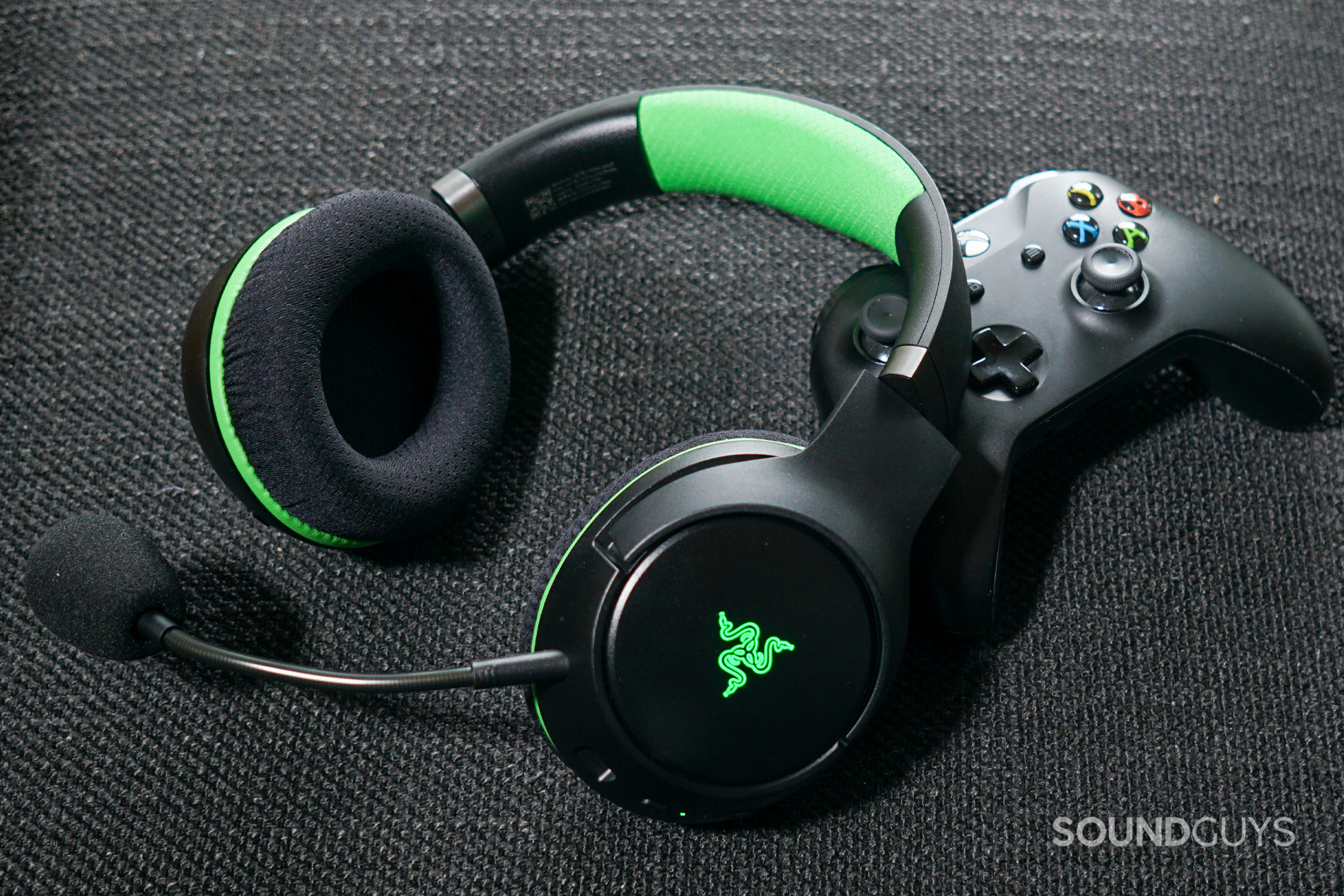
Sure, many Razer Kraken gaming headsets are compatible with consoles, but the company also sells a variety of gaming headsets aimed specifically at console gamers from a few different lines.
The Razer Kaira line is built for Xbox consoles, with support for Xbox Wireless, which means you don’t need a dongle to connect either the Kaira or Kaira Pro. These are well made gaming headsets, with comfortable, lightweight builds and ear pads covered in a custom mesh fabric that effectively manages heat. They’re inconvenient on other platforms because of Xbox Wireless (use on PC requires buying an additional dongle), but for $99 USD and $149 USD these are solid wireless headsets—the Pro model even supports Bluetooth.
Razer Thresher headsets are premium and built specifically for PlayStation or Xbox.
While Razer has released other options recently, the Razer Thresher line was the company’s main series of premium console gaming headsets for years. The two most ubiquitous headsets in the line these days are the Razer Thresher for PlayStation 4 and the Razer Thresher 7.1. These headsets are almost identical, but they sell for $129 USD and $149 USD, respectively. Both headsets support wireless audio via a 2.4GHz USB wireless dongle, and feature a metal suspension frame with big leatherette ear cushions and a retractable mic. The more expensive Thresher 7.1 loses the 3.5mm secondary connection method, but it also adds built-in Dolby 7.1 virtual surround sound.
The Thresher for Xbox One also drops the 3.5mm connection option, but it supports Xbox Wireless for dongle-free audio, and Windows Sonic spatial audio—finding one is rather difficult these days, as it seems Razer discontinued the model.
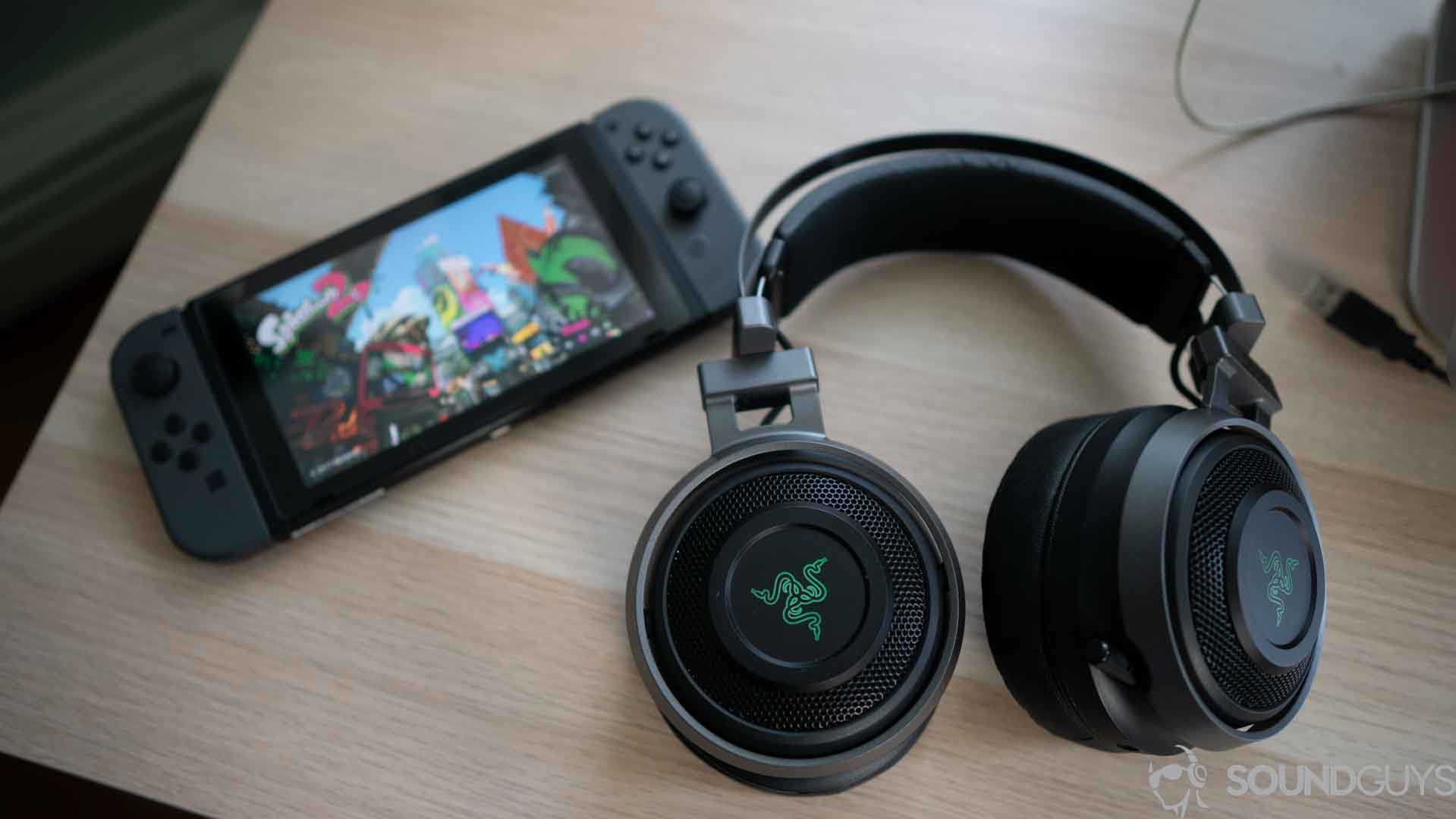
The Razer Nari line has a lot in common with the Thresher line. These headsets also sport a brushed aluminum suspension frame, with the same big ear pads and retractable mic, but they also typically offer some added gimmicks. There are three main Razer Nari gaming headsets currently available: the Nari Ultimate, Nari Ultimate for Xbox One, and Nari Essential. They all straddle the line between PC and console headsets, but what gaming headset doesn’t work on PC in some way?
The $99 USD Nari Essential brings THX Spatial audio to a relatively low price—the surround sound standard doesn’t seem immediately better than other ones, but it generally pops up in more expensive offerings. At $199 USD the Nari Ultimate and its Xbox One variant also pack in ear pads filled with cooling gel to cut down on heat build up, and haptic feedback that will make your ears rumble during bassy moments—if that’s the kind of gimmick you want. The Xbox version also uses Xbox Wireless and swaps the THX Spatial for Windows Sonic surround sound.
Razer also sells gaming earbuds marketed towards the Nintendo Switch. The Razer Hammerhead Duo comes in 3.5mm and USB-C models, and cost $59 USD each. There’s also a noise canceling USB-C Hammerhead for $99 USD.
The company’s newest headsets are updates to the Razer Barracuda X that go in a couple different direction. Our reviews are forthcoming for all of them, but the Razer Barracuda and Barracuda Pro seem to function as a cross between a gaming headset and Razer’s Opus noise canceling headphones (we go over the Opus down below). These two headsets are meant to split the difference between gaming and lifestyle needs, with Bluetooth compatibility, ANC, and a USB-C dongle for gaming connectivity. They also lack a boom mic, opting for a subtler internal one.
There’s also an updated Barracuda X, which seems largely the same as the one we reviewed in 2021, though battery life is supposed to see a big improvement. We’ll update this post to reflect our review findings as we have them.
The Razer BlackShark line is company’s best PC option
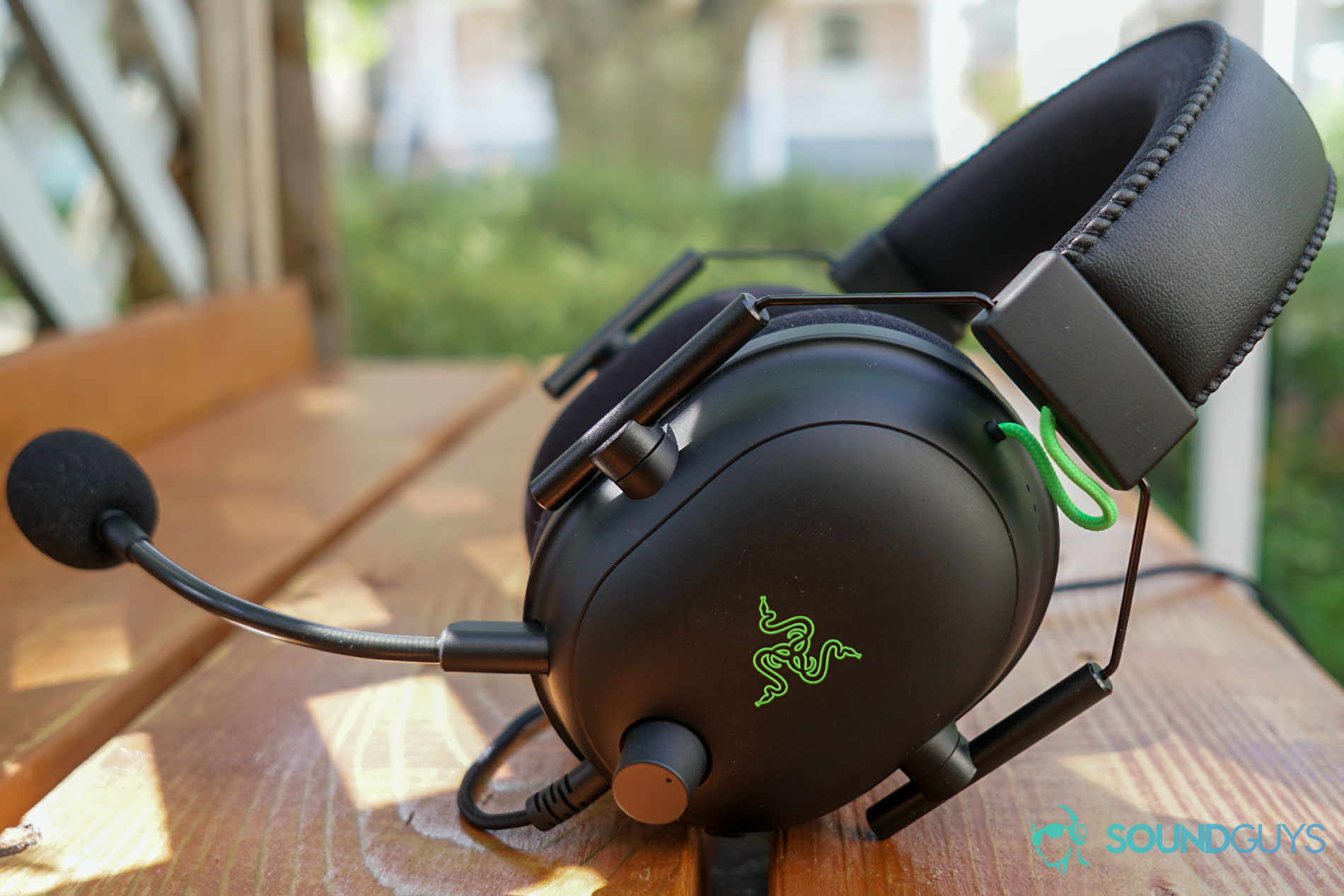
The original Razer BlackShark was a very popular gaming headset, but it’s pretty old these days. However, released last year, the Razer BlackShark V2 line offers some of the best gaming headsets on the market, regardless of price. Ranging from $59 USD to $179 USD, these headsets all sport nearly identical builds, with hard plastic headphones, comfortable and thick mesh fabric ear pads, and extremely lightweight frames. The wireframe hinges feel a little flimsy, but they’re comfortable and offer a decent range of adjustment. These models all sound excellent, and feature decent microphones, so their main differences are rooted in connection methods.
The $99 USD Razer BlackShark V2 is a wired gaming headset that defaults to a 3.5mm connection, but uses a USB adapter to access features like game specific EQ profiles and virtual surround sound via Razer Synapse. The cheaper BlackShark V2 X doesn’t come with that adapter (it also has leather ear pads). The Razer BlackShark V2 Pro is just a wireless version of the regular BlackShark V2—it uses a 2.4GHz USB wireless dongle, but is otherwise the same headset.
Razer makes more than just gaming audio products
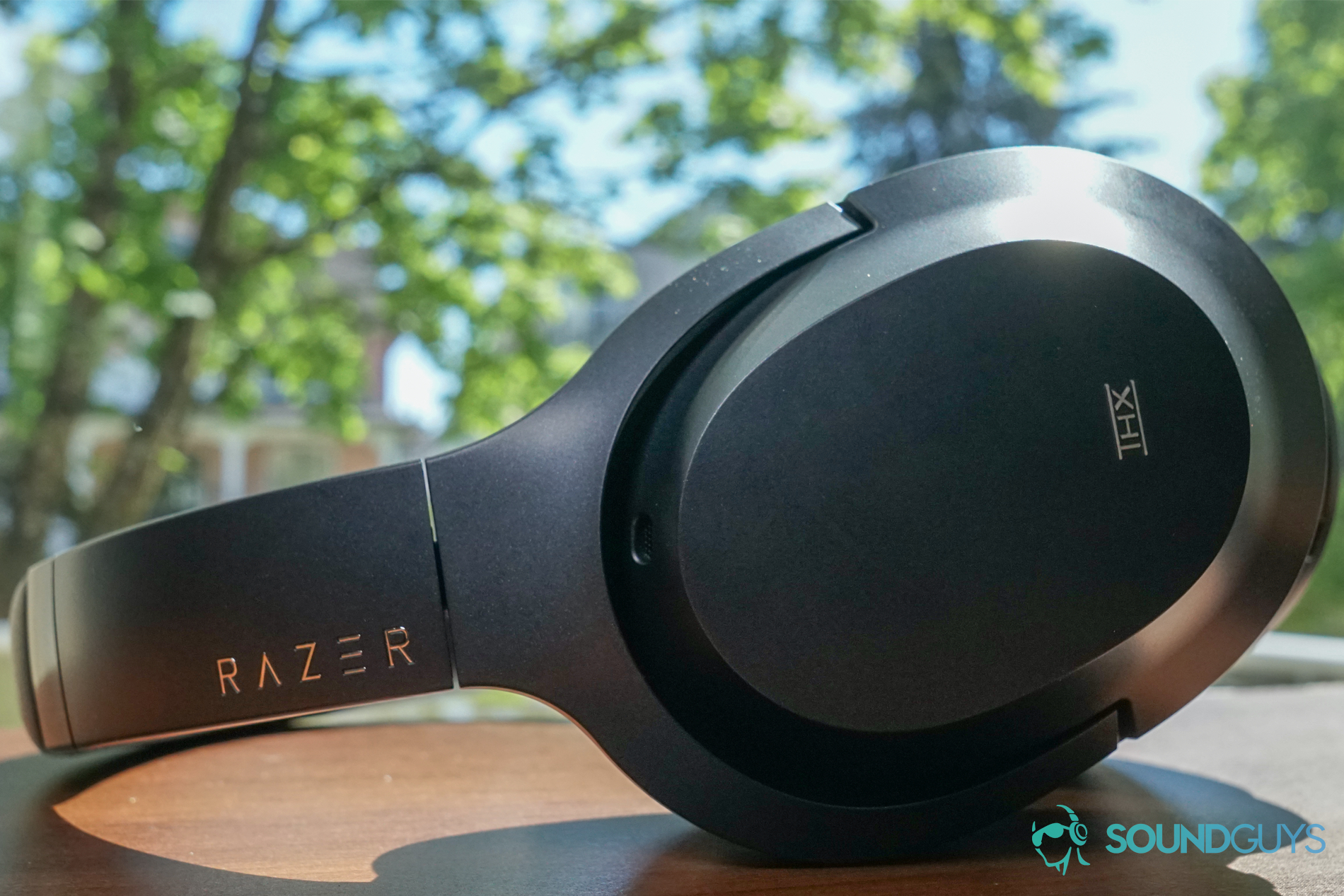
Similarly to gaming headset makers like Corsair or HyperX, Razer makes more than just gaming headsets. Sure, it makes everything from laptops to keyboards, but even in the audio space it offers more. Recently the company has branched out into more lifestyle-oriented products.
Toeing the line between gaming and non-gaming uses, the company makes a handful of desktop PC audio products. With prices ranging from $129 USD all the way up to $599 USD, the Razer Nommo is an array of desktop speakers—depending on how much you want to spend, you can get Chroma LED compatible speakers, and even even a subwoofer. The company also makes the Razer Leviathan, a $299 USD desktop soundbar (it also includes a subwoofer). It also sells microphones, like the recent $49 USD Razer Seiren Mini, which offers a solid, but frill-free recording experience.

Razer’s non-gaming headset offering has also expanded in recent years. The company has released true wireless and neckband Bluetooth versions of its Hammerhead earbuds, which run for $99 USD a pop—there’s also a $179 USD pro version of the Hammerhead TWS, which brings active noise cancellation.
Related: Best noise canceling headphones
Speaking of noise cancellation, Razer has even made inroads into the consumer headphone market. The Razer Opus is a pair of noise canceling Bluetooth headphones. It’s not the best pair of headphones on the market, and its noise canceling is fairly minimal compared to a lot of the usual players in the space, but for $199 USD, it’s a reasonable first entry point into noise canceling headphones (it’s also frequently on sale).
This is pretty much every audio product Razer currently sells, so hopefully something we’ve gone over piques your interest. We’ll keep updating this post as more headsets come out and others are discontinued.